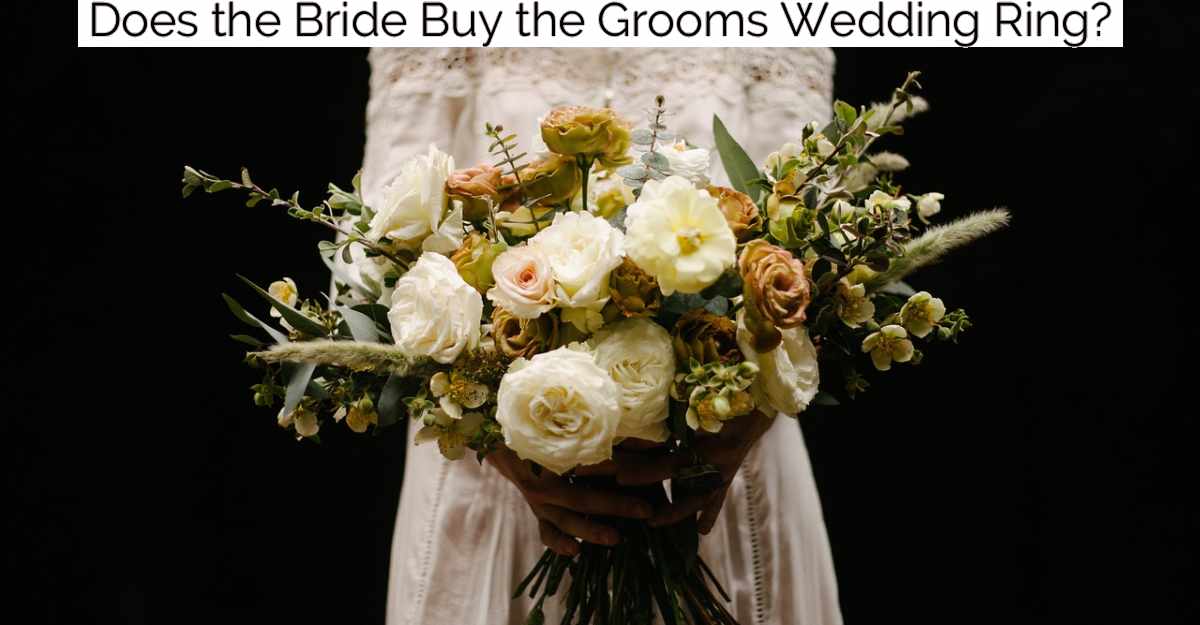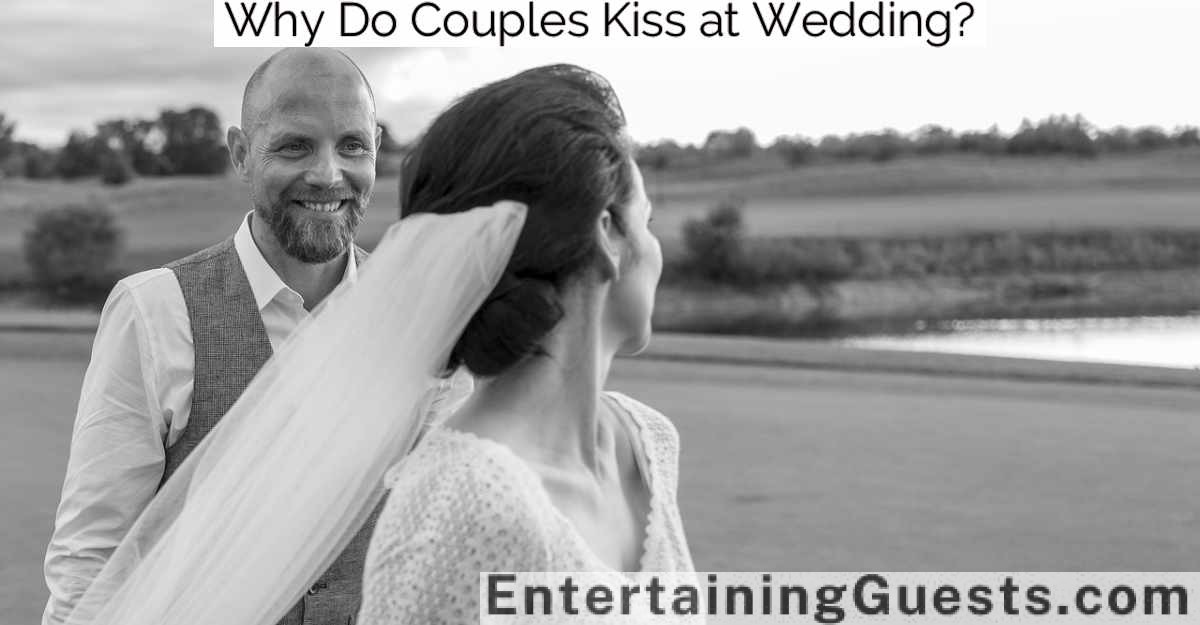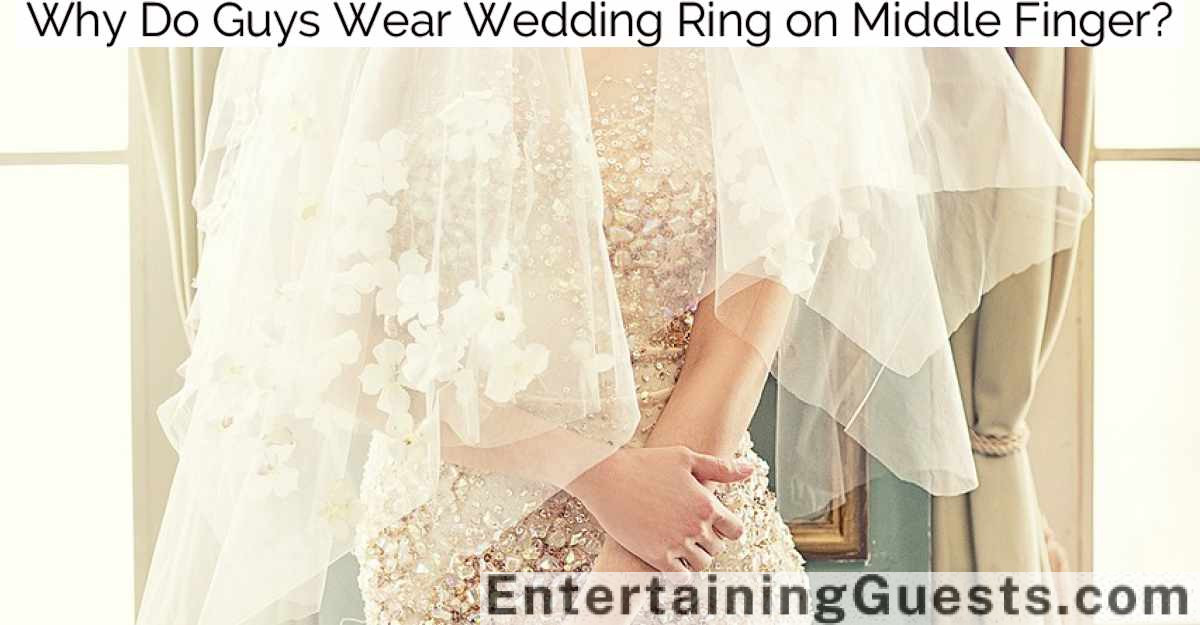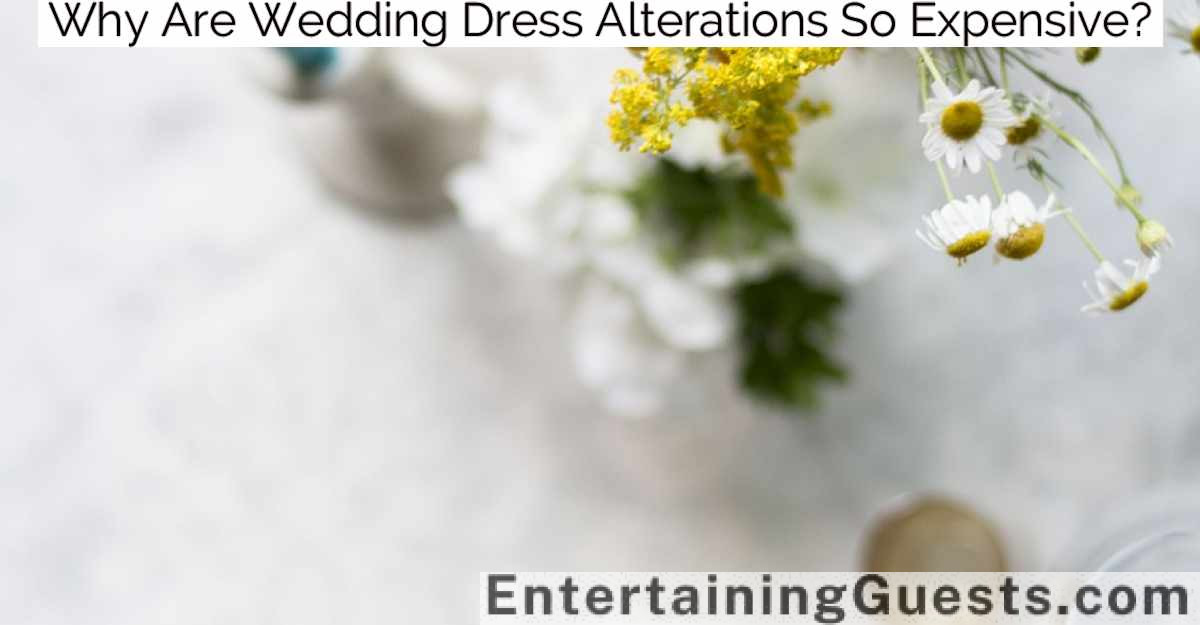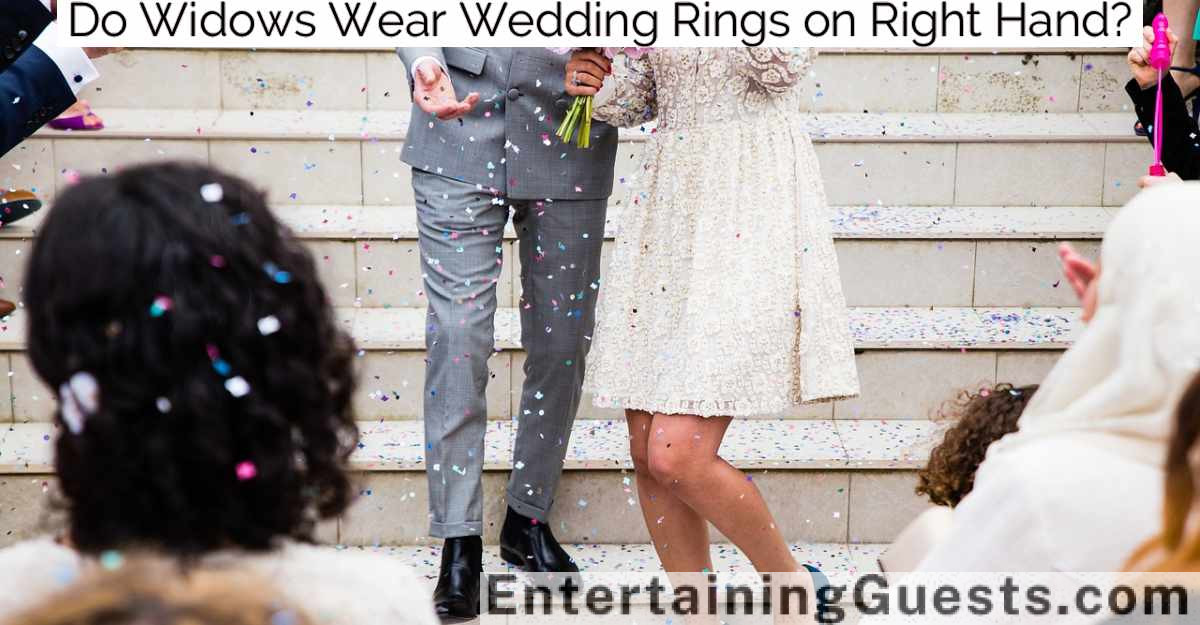Yes, traditionally, the bride does buy the groom’s wedding ring. This custom symbolizes their mutual commitment and integrates elements of equality and partnership, reflecting modern values in contemporary weddings.
Couples now often handle wedding expenses jointly, utilizing digital tools for budget management and emphasizing collaborative decision-making.
This shift from traditional gender roles allows for more personalized and meaningful exchanges during the ceremony.
Selecting the right ring is not only about adhering to tradition but also expresses the couple’s unique values and relationship dynamics.
This approach provides insights into blending tradition with personalized expression in wedding planning.
Historical Perspective on Ring Buying
Throughout history, couples have invested significant time and resources into selecting their wedding rings, a tradition rooted in ancient customs. Originally, these bands symbolized eternal love and the unbreakable bond of marriage. Crafted from precious metals like gold and silver, these rings were often embellished with intricate engravings or embedded with valuable gemstones, reflecting the societal status and personal taste of the wearers.
The process of selecting a wedding ring was, and still is, marked by careful consideration of material, design, and symbolism. In ancient Rome, iron rings represented strength and permanence, while during the Renaissance, poesy rings engraved with romantic verses became popular among lovers. The choice of a diamond, introduced in the 15th century, was believed to represent purity and indestructibility, qualities ideal for a matrimonial union.
Couples would travel to renowned jewelers or commission skilled artisans to create unique pieces that epitomized their love stories. They’d often consult astrologers or follow cultural auspices to choose auspicious days for their purchases, ensuring their future together started on a high note.
Each ring’s journey from concept to creation was a reflection of the couple’s dedication to each other, making the final exchange more than just a transaction—it was a profound act of commitment.
Modern Views on Wedding Expenses
As society progresses, perspectives on wedding expenses have evolved greatly. Couples now approach their big day with a blend of tradition and innovation, leading to more customized financial plans. They’re scrutinizing each detail, from the venue to the videography, ensuring that their budget aligns with their vision.
Today’s couples often prioritize experiences over extravagance. Many opt for intimate gatherings in unique locations rather than grand ballrooms. This shift not only reflects their personal style but also greatly affects the overall budget. Services like digital invitations and DIY decorations are gaining popularity, reducing costs while adding a personal touch.
Moreover, there’s a growing emphasis on sustainable choices. Eco-friendly weddings that minimize waste and prioritize local and ethical sourcing are increasingly common. These choices can also be economically beneficial, as locally sourced flowers and foods typically offer financial savings compared to imported alternatives.
Technology, too, plays a pivotal role. Digital tools allow couples to compare prices and services effortlessly, ensuring they get the best deals.
Websites and apps dedicated to wedding planning provide budget management tools that help track spending in real-time, ensuring that modern couples maintain control over their finances as they plan their future together.
Sharing Costs: A New Trend
In recent years, many couples have begun to embrace the trend of sharing wedding costs, a move that reflects broader societal shifts towards equality and partnership. This modern approach not only alleviates the financial burden on one party but also fosters a sense of unity and shared responsibility right from the start of the marital journey.
Traditionally, certain expenses were often split along gender lines, with the bride’s family bearing the brunt of the cost. However, today’s couples are crafting budgets together, deciding which expenses they’ll each take on or split down the middle. This might include the groom’s ring, a symbolically significant item that, in the past, the bride or her family might’ve purchased alone.
Moreover, this collaborative financial planning extends beyond just the rings. Couples are now co-investing in all elements of their celebration, from the venue to the catering, and even the honeymoon.
By doing so, they’re setting a precedent for their future, emphasizing partnership over tradition.
This practical, stylish approach to wedding planning not only modernizes an age-old institution but also aligns with contemporary values of equality and shared success, making the big day feel more personalized and inclusive.
Personal Stories From Couples
Exploring the personal stories of couples who’ve embraced shared wedding costs reveals a tapestry of modern love and equality.
Take Sarah and Tom from Chicago, for example. They decided early in their engagement to split all wedding expenses, right down to the rings.
Sarah found a sleek, contemporary platinum band for Tom, and he chose a vintage diamond eternity band for her. "It felt right to honor our commitment by equally investing in each other’s rings," Sarah explains, highlighting the practical symmetry of their decision.
Meanwhile, in San Francisco, Jenna and Mark approached their wedding with a similar mindset. Both tech professionals, they valued efficiency and equality in every aspect of their relationship.
They opted for matching brushed titanium bands, symbolizing their strong, resilient future together. "We wanted our rings to represent our partnership, where both of us contribute equally," Mark shares.
These stories reflect a shift in wedding traditions, where couples like Sarah and Tom, and Jenna and Mark, see their ring exchange not just as a ritual, but as an affirmation of mutual respect and shared responsibilities.
This approach not only modernizes an age-old tradition but also beautifully personalizes it, making the symbol of union all the more meaningful.
Making the Right Choice for You
Reflecting on the shared experiences of couples like Sarah and Tom, and Jenna and Mark, it becomes clear that choosing the right wedding rings is a deeply personal decision. Each couple’s journey highlights the importance of aligning their ring choices with their unique values, styles, and budget factors.
When selecting a ring, it’s vital to take into account the daily wear and durability. Materials like platinum and tungsten offer longevity but come with higher price tags, while silver, though less durable, maintains a lower cost.
Couples should balance their budget with the expected longevity of their rings.
Style is another significant factor. Some prefer a traditional look, opting for simple bands, while others choose more intricate designs that reflect their personalities or the story of their relationship.
Custom designs can be a perfect solution but require more time and often a higher budget.
Conclusion
In today’s weddings, there’s no one-size-fits-all answer to who buys the groom’s ring. Couples are increasingly sharing costs, reflecting their unique partnerships and financial landscapes. From historic traditions to modern practicalities, the decision is deeply personal and varies by relationship. Whether it’s the bride, the groom, or a joint purchase, choosing rings is about expressing love and commitment in a style that suits both. Ultimately, the right choice aligns with the couple’s values and budget.
